Wireless earbuds – or wireless earphones as they are in some cases called – are all the rage now. Each headphone manufacturer is rushing to get a couple available, and those makers who don’t have an item prepared to sell, are buying in nonexclusive models and adding their branding just to ensure they don’t pass up this great opportunity.
If you practice a reasonable level of investment while picking a pair, you can most likely keep away from the worst models available and hopefully wind up with something worth having. Headphones are things we will more often than not use every day on the way to work or when exercising, so it merits getting a great pair if you appreciate paying attention to music or audiobooks.
It’s hard to buy a bad pair of wireless earbuds nowadays, and with steady limits and deals any place you look, this moment is as great of an opportunity as any to go splurge on the pair you’ve been looking at. The market has made some amazing progress since the early period of genuine wireless earbuds when we needed to manage fair sound quality and unreliable performance, all for the sake of ditching cables. The situation is entirely different at this point. After a couple of thing periods of learned models, associations like Sony, Apple, Samsung, and others are conveying their generally noteworthy to date.
Features you Should Look for Before Buying True Wireless Earbuds

Wireless earbuds offer different features, depending upon your requirements and budget. Some of the most important features to consider include:
- Sound quality: This is obviously a main concern for some individuals. Search for tiny earbuds that deal clear, balanced sound with great bass reaction.
- Active noise cancellation (ANC): ANC can assist to block out background noise, making it ideal for driving, working in noisy environments, or basically partaking in your music in peace.
- Battery life: Wireless earbuds commonly offer around 5-8 hours of battery duration on a single charge. A few models also accompany a charging case that provides additional hours of playback.
- Comfort: Wireless earbuds also fit snugly in your ears without creating any uneasiness. A few models accompany different ear tips to assist you with seeing as the best fit.
- Water resistance: If you plan on using your headphones for exercises or different exercises where they could get wet, search for a pair that is water-resistant or waterproof.
- Connectivity: Wireless earbuds regularly associate with your devices via of Bluetooth. A few models also support other remote innovations, like Wi-Fi or NFC.
- Controls: Wireless earbuds ordinarily have touch controls that permit you to control playback, volume, and different functions.
- Different features: Some wireless earbuds offer additional features, like as a built-in microphone for accepting calls, a transparency mode that allows you to hear ambient noise, or a spatial sound feature that makes an encompass sound encounter.
Benefits of Going Fully Wireless

The importance and advantages of using the best wireless earbuds are quite a large number. The following are a few of the most notable:
• Freedom of movement: Wireless earbuds permit you to move around freely without the imperatives of wires. This makes them ideal for exercises like working out, running, or driving.
• Comfort: Wireless earbuds are intended to be agreeable to wear for expanded timeframes. This is significant for activities like paying attention to music or podcasts while working or travelling.
• Sound quality: Wireless earbuds can offer incredible sound quality, equivalent to wired earbuds. This is a result of the advances in Bluetooth innovation and the use of great drivers in wireless earbuds.
• Active noise cancellation (ANC): ANC can assist with shutting out background noise, making it ideal for commuting, working in noisy conditions, or just partaking in your music in peace.
• Battery life: Wireless earbuds regularly offer around 5-8 hours of battery duration on a single charge. A few models also accompany a charging case that provides additional hours of playback.
• Water resistance: Some wireless earbuds are water-resistant or waterproof, making them ideal for exercises or different exercises where they could get wet.
• Connectivity: Wireless earbuds normally associate with your devices through Bluetooth. A couple of models also support other remote innovations, similar to Wi-Fi or NFC.
• Controls: Wireless earbuds commonly have touch controls that allow you to control playback, volume, and different capabilities.
• Different features: Some wireless earbuds offer more features, like built-in microphone for accepting calls, a transparency mode that allows you to hear ambient noise, or a spatial audio feature that makes an encompass sound experience.
For the most part, wireless earbuds offer different benefits over wired headphones, including opportunity of development, comfort, sound quality, ANC, battery span, and water opposition.
Here are a few additional advantages of using wireless earbuds:
• They can assist with working on your efficiency by allowing you to pay attention to music or podcasts while you work.
• They can make it more straightforward to remain protected by allowing you to hear ambient noise while you are walking or running.
• They can be a great way for partaking in your #1 music or films without disturbing others.
• They can be a stylish and convenient way to listen to audio.
Common Issues with True Wireless Earbuds
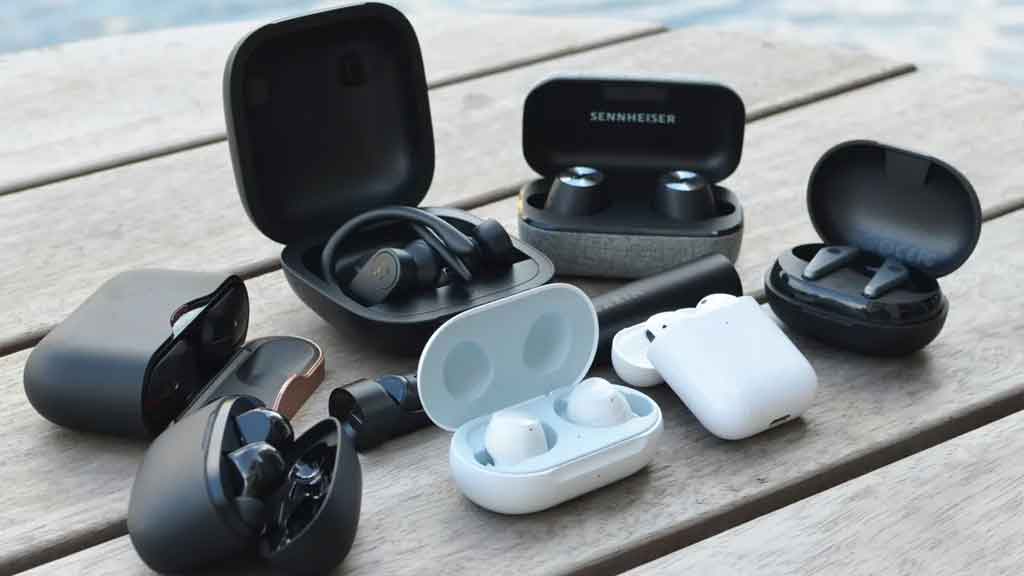
Wireless earbuds are a famous decision for certain people, but they can also be inclined to a couple of common issues. Coming up next are probably the most notable issues with wireless earbuds:
• Connection issues: Wireless earbuds can once in a while lose connection with your device, particularly if you are moving near or there is a lot of interference.
• Battery duration: Wireless earbuds ordinarily have a battery life of around 5-8 hours, but this can differ depending upon the model and how you use them.
• Comfort: Wireless earbuds can now and then be uncomfortable to wear, particularly for expanded timeframes. This can be because of the size of the earbuds, the state of your ears, or the way they fit.
• Water damage: Remote earbuds are not necessarily water-resistant, so they can be damaged if they get wet.
• Sound quality: The sound quality of wireless earbuds can in some cases be disappointing, particularly contrasted with wired earbuds.
• Latency: Latency is the delay between the time you play a sound and the time you hear it. Wireless earbuds could a piece of the time anytime have latency issues, which can make it hard to watch accounts or games around.
How to Fix the Most Annoying Bluetooth Headphone Problems
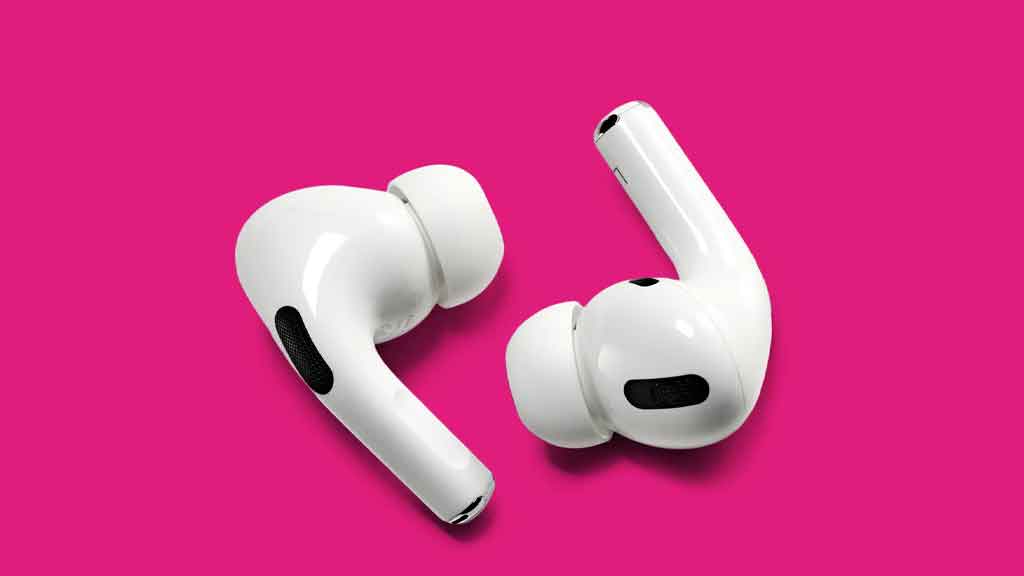
If you are experiencing issues with your wireless earbuds, there are two or three things you can do to try to fix them.
• Check the connection: Ensure that your earbuds are appropriately connected with your device and that there is no interference.
• Reset the earbuds: Resetting the earbuds can now and again clear up any issues.
• Clean the earbuds: If the earbuds are dirty can create issues with the association or the sound quality.
• Replace the earbuds: If the earbuds are damaged, you might have to replace them.
• Check for driver updates
Software updates for wireless earbuds are commonly used to fix bugs, further improve performance, or add new features. Probably the most well-known things that can be fixed with software updates include:
• Connection issues
• Battery duration issues
• Sound quality issues
• Latency issues
• Touch controls issues
• ANC issues
• Transparency mode issues
• Different bugs and glitches
Software updates can also be used to add new features to wireless earbuds, for example new EQ settings, new gesture controls and new sound modes.
• Update the firmware: The firmware is the product that controls your headphones. Updating the firmware can once in a while fix issues. New firmware updates can also work on the performance of wireless earbuds, making them quicker and more responsive.
If you are experiencing any issues with your wireless earbuds, you ought to confirm whether there is an item update accessible. You can as a rule find software updates for remote headphones on the producer’s site.
To update the firmware of your wireless earbuds, you will generally have to interface them to your PC or cell phone. The maker’s directions will generally let you know how to do this. Once the earbuds are connected, you should download the firmware update document from the producer’s site. When the firmware update document is downloaded, you will need to follow the directions on the producer’s site to introduce it.
Software updates for wireless earbuds are normally free. However, there might be a few situations where the maker charges for a firmware update.
It is basic to keep awake with the latest firmware updates. This will help with ensuring that you are getting the ideal possible performance and experience from your headphones.
Wireless Earbuds Buying Guide
Which earbuds have best noise cancelling?
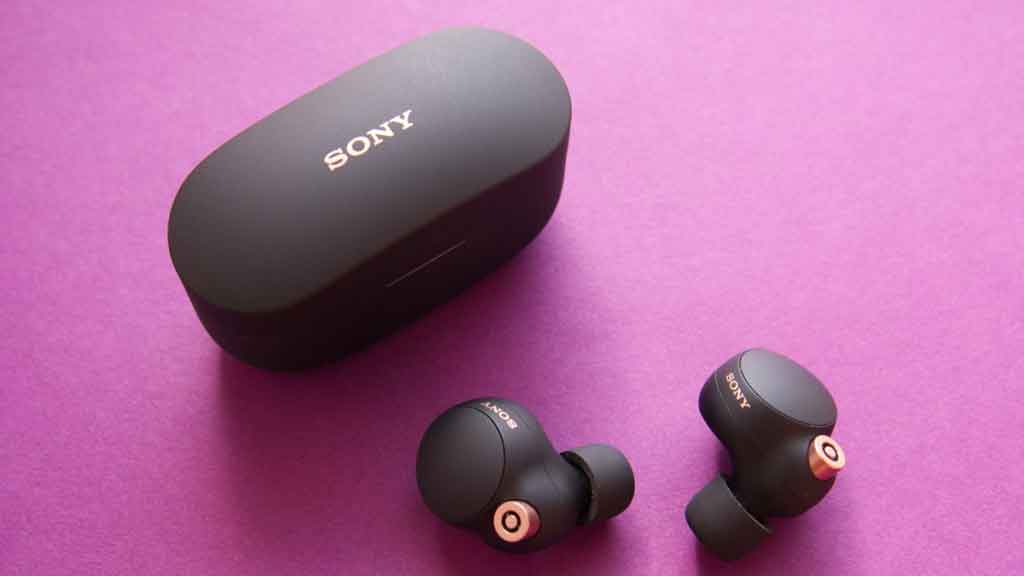
Here are a few brands and models that were known for their impressive noise cancellation technology:
1. Sony WF-1000XM4: Sony’s WF-1000XM4 earbuds were highly regarded for their industry-leading noise cancellation innovation. They featured Adaptive Noise Cancelation, which adjusted the level of noise cancellation based on your environmental elements, and they were praised for their sound quality also. Cost: $298.
2. Apple AirPods Pro: Apple’s AirPods Pro included active noise cancellation and were known for their seamless joining with iOS devices. They offered great sound quality and a comfortable fit. Cost: $199.
3. Bose QuietComfort Earphones: Bose is a pioneer in noise-cancelling, and their QuietComfort Headphones were no special case. They offered impressive noise cancellation and great audio. Cost: $249.
4. Sennheiser Momentum True Wireless 2: Sennheiser’s Momentum True Wireless 2 headphones had effective noise cancellation and were applauded for their sound quality and build. Cost: $249.
5. Jabra Elite 85t: Jabra’s Elite 85t headphones included strong noise cancellation abilities and customizable sound profiles through their application. Cost: $199.
6. Samsung Galaxy Buds Pro: Samsung’s Galaxy Buds Pro included ANC and were viable with both Android and iOS devices. They were known for their balanced sound and good noise cancellation.
7. Master and Dynamic MW08: These earbuds offered hybrid active noise cancellation and an exceptional form. They were valued for their sound quality and design. Cost: $60.
Recall that the effectiveness of noise cancellation can fluctuate depending on factors like fit, ear tip quality, and firmware updates. While picking the best sound-cancelling earbuds, it’s fundamental to think about your particular necessities, inclinations, and similarity with your devices. Be sure to read the latest audits and compare the latest models for the most ideal noise-cancelling that anyone could hope to find at the opportunity of your buy.
Which earbuds have best sound quality?
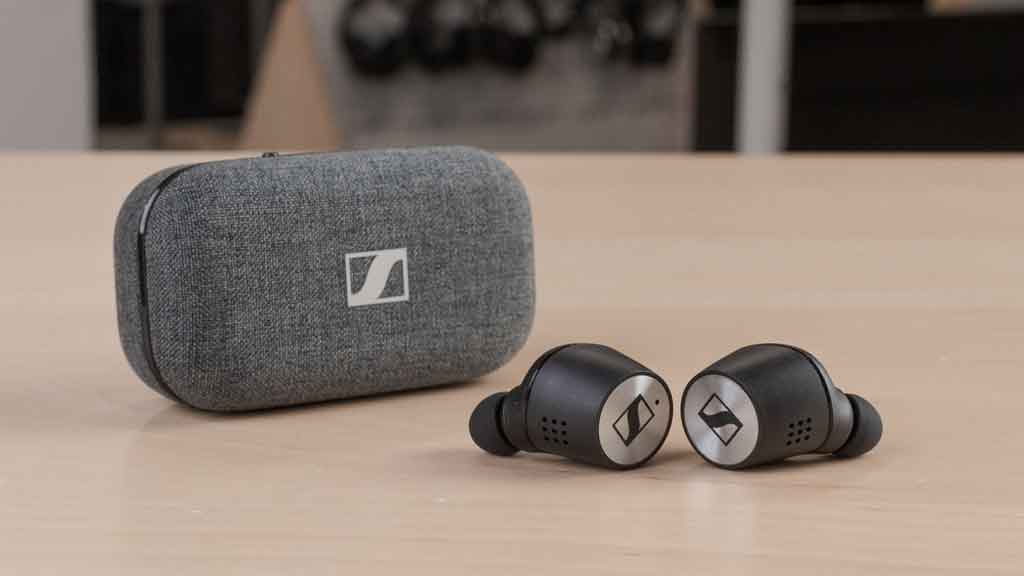
Here are some earbuds known for their excellent sound quality:
1. Sennheiser Momentum True Wireless 2: Sennheiser is prestigious for its sound quality, and these miniature headphones were no special case. They offered clear, detailed sound with a balanced and regular sound signature.
2. Sony WF-1000XM4: Sony’s WF-1000XM4 earbuds not only excelled in noise cancellation but also delivered excellent sound with profound bass and crisp trebles.
3. Shure AONIC 5: Shure is a respected name in the audio industry, and their AONIC 5 earbuds were commended for their audiophile-grade sound quality, offering brilliant clarity and detail.
4. Bose QuietComfort Earbuds: Bose is known for its sound ability, and these earbuds conveyed an even strong profile with deep bass and clear mids and highs.
5. Bowers and Wilkins PI7: Bowers and Wilkins’ PI7 earbuds were commended for their rich, immersive soundstage, making them a number one among audiophiles.
6. 1MORE Triple Driver In-Ear Headphones: These ears offered impressive sound quality at a more affordable price point, with an emphasis on clearness and balance.
7. Campfire Audio Solaris: While on the higher-end side, the Campfire Audio Solaris in-ear monitors conveyed a shocking sound encounter, particularly for the people who focus on premium sound.
8. Ace and Dynamic MW08: These earbuds consolidated fantastic sound quality with premium materials and construct quality, giving a fair and detailed sound mark.
How to Take Care of Your Wireless Earbuds
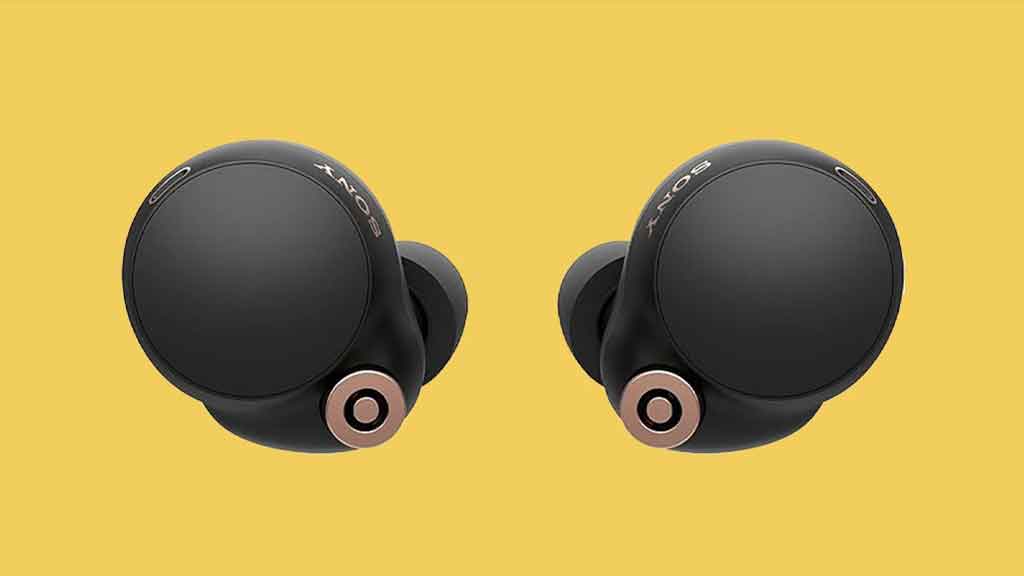
Wireless earbuds are delicate devices, and they can be harmed in various ways. Here are probably the most common reasons for why remote headphones could be fixed:
• Physical damage: Wireless earbuds can be damaged if they are dropped, stepped on, or generally exposed to physical force. This can harm the earbud’ parts, like the drivers, the battery, or the electronics.
• Water damage: Wireless earbuds are not necessarily water-resistant, so they can be damaged if they get wet. Water harm can corrode the earbuds’ parts and make them inoperable.
• Dirt and debris: Earwax and dirt can develop on the headphones and create issues with the sound quality or the association. This can also damage earbuds’ parts over the long run.
• Software problems: Wireless earbuds can in some cases foster software issues that can make them breakdown. These issues can generally be fixed by updating the earbuds’ firmware.
• Battery issues: The battery in wireless earbuds can ultimately break down and should be replaced.
If your wireless earbuds are harmed, you could have the decision to fix them yourself or take them to an expert for fix. If you choose to fix your wireless earbuds yourself, you should be careful so as not to harm them more.
Wireless earbuds are a delicate piece of equipment, so dealing with them is fundamental. The following are a couple of ways of staying aware of your wireless earbuds:
• Clean them regularly. Earwax and dirt can create on the earbuds and welcome on certain issues with the sound quality or the connection. To clean the earbuds, use a fragile, dry fabric or a cotton swab dipped in rubbing alcohol. Make an effort not to use harsh chemicals or grating materials, as these can harm the earbuds.
• Store them properly. When you are not using the earbuds, store them for a situation or pack to save them from residue and dirt. Make an effort not to store them in a hot or humid environment, as this can harm the hardware.
• Avoid getting them wet. Wireless earbuds are not necessarily water-resistant, so it is critical to try not to get them wet. If they really do get wet, dry them rapidly with a soft, dry fabric.
• Try not to drop them. Wireless earbuds are delicate, so it is important to be mindful so as not to drop them. If they do drop, audit them for harm and replace them if significant.
Here are some precautions you can take to keep your wireless earbuds protected and in great shape:
• Avoid dropping them. Wireless earbuds are fragile, so it is essential to be mindful so as not to drop them. If they do drop, examine them for harm and replace them if vital.
• Try not to open them to water or moisture. Wireless earbuds are not necessarily in all cases water-resistant, so it is vital to try not to open them to water or moisture. If they really do get wet, dry them promptly with a soft, dry fabric.
• Try not to share them to other people. Sharing earbuds can spread earwax and bacteria, which can prompt ear diseases.
• Clean them regularly. Earwax and dirt can develop on the earbuds and create issues with the sound quality or the association. Clean the earbuds with a delicate, dry fabric or a cotton swab dipped in rubbing alcohol. Try not to use harsh chemicals or rough materials, as these can harm the earbuds.
• Store them properly. When you are not using the earbuds, store them for a situation or a pack to protect them from dust and dirt. Try not to store them in a hot or humid environment, as this can harm the hardware.
• Be careful with the charging case. The charging case is also sensitive, so be mindful so as not to drop it or open it to moisture.
FAQs
- Will earbuds cause ear infections?
Indeed, earbuds might possibly add to ear diseases if they are not used or maintained properly. The following are a couple of variables to consider:
1. Hygiene: Earbuds that are not kept clean can bring bacteria into the ear canal. Sharing earbuds with others without proper cleaning can also spread microorganisms or fungi.
2. Earwax Accumulation: Using earbuds can drive earwax further into the ear canal, possibly prompting a blockage. This blockage can create a conductive environment for bacterial development and infection.
3. Fit and Material: Earbuds that don’t fit as expected may bother the ear canal, making discomfort and possibly driving inflammation or infection. Bad quality materials or earbuds that are harmed can also irritate the ear.
4. Volume and Sound Quality: Listening to music or sound at high volumes for broadened periods through earbuds can prompt ear discomfort and temporary hearing loss, which might make the ears more susceptible to infection.
- What to do when one earbud quit working?
If one earbud of your wireless earbuds quits working, there are a couple of things you can do to attempt to fix the issue:
1. Check the connection. Ensure that the earbuds are appropriately connected with your device and that there is no interference.
2. Reset the earbuds. Resetting the earbuds can at times clear up any issues. To reset the tiny earbuds, follow to the directions in the maker’s manual.
3. Clean the earbuds. If the earbuds are dirty, this can bring on certain issues with the connection or the sound quality.
4. Replace the ear tips. The ear tips connect with your ears, so they can get dirty and exhausted over the long run. Replace them at regular intervals to guarantee a solid match and sound quality.
5. Replace the earbuds. If the earphones are damaged, you could need to replace them.
- Are earbud tips universal?
Earbud tips are not altogether general, but there are normal sizes and plans that fit different earbuds. These tips regularly come in different sizes (little, medium, large) and materials (silicone, foam), allowing clients to pick the ones that give the best fit and comfort for their ears.
However, there is nobody size-fits-all solution, and similarity can fluctuate among brands and models. Some earbuds have extraordinary tip designs, and not all replacement tips will fit accurately.
To ensure a proper fit and comfort while replacing earbud tips:
1. Check the earbud maker’s rules for viable tip sizes and types.
2. Consider buying replacement tips from a similar brand or maker to ensure compatibility.
3. Experiment with various tip sizes and materials to track down the ones that offer the best fit, comfort, and sound isolation for your ears.
- Are earbud batteries replaceable?
Not all wireless earbuds have replaceable batteries. A few earphones, similar to the Apple AirPods and AirPods Pro, have non-replaceable batteries. This implies that when the battery passes on, you should replace the entire headphone.
Other earbuds, for example, the Samsung Galaxy Buds Pro and Sony WF-1000XM4, have replaceable batteries. This implies that you can replace the battery yourself or take the headphones to an expert for fix.
If you are thinking about purchasing a pair of wireless earbuds, it is essential to check whether the batteries are replaceable. This is because replaceable batteries can grow the life expectancy of your earbuds.
Here are a portion of the factors that decide if wireless earbuds have replaceable batteries:
• Design: Some earbuds are planned with non-replaceable batteries to make them more modest and more compact.
• Cost: Replacing batteries can be costly, so a few manufacturers decide to make the batteries non-replaceable to keep the expense of the earbuds down.
• Durability: Some earbuds are intended to be more durable and are subsequently bound to have replaceable batteries.
- For what reason they called earbuds?
The term “earbuds” is gotten from the word’s “ear” and “buds.” Here’s an explanation why they are called earbuds:
1. “Ear” Implies Placement: The expression “ear” in earbuds alludes to where these audio devices are put. Earbuds are intended to be inserted into or situated right external the ear channel, allowing clients to pay attention to audio without the requirement for over-ear cups or headbands.
2. “Buds” Represents Compactness: “buds” infers little, reduced, or budding growth. Earbuds are to be sure compact audio devices, with the fundamental parts normally housed inside little, bud-shaped housings that fit cozily in or around the ears.
3. Ergonomic Design: Earbuds are intended to look like little buds or capsules, fully intent on giving a comfortable and lightweight listening experience.
In summary, earbuds are so named in view of their compact, bud-like design and their situation in or around the ears, considering a helpful and compact method for getting a charge out of sound without the greater part of traditional headphones.
- Will earbuds work after being washed?
Whether wireless earbuds will work in the wake of being washed relies upon a couple of variables, including the kind of headphones, how much water exposure, and how quickly they are dried.
Water-resistant earbuds are planned to endure through some water exposure, but they are not waterproof. If water resistant earbuds get wet, it is vital to quickly dry them. You can do this by using a soft, dry material or by setting them in a holder of rice. If the earbuds are not dried as expected, they may not work as expected or may try and be harmed.
Waterproof earbuds are intended to withstand immersion in water. However, even waterproof earbuds can be harmed if they are presented to water for an extended period or on the other hand if they are submerged in water that is excessively hot or excessively cold. If waterproof headphones get wet, drying them straightaway is as soon as possible.
If your earbuds have been washed, it is fundamental to examine them carefully for hurt. If the headphones are harmed, they may not function true to form or may try and should be replaced.

